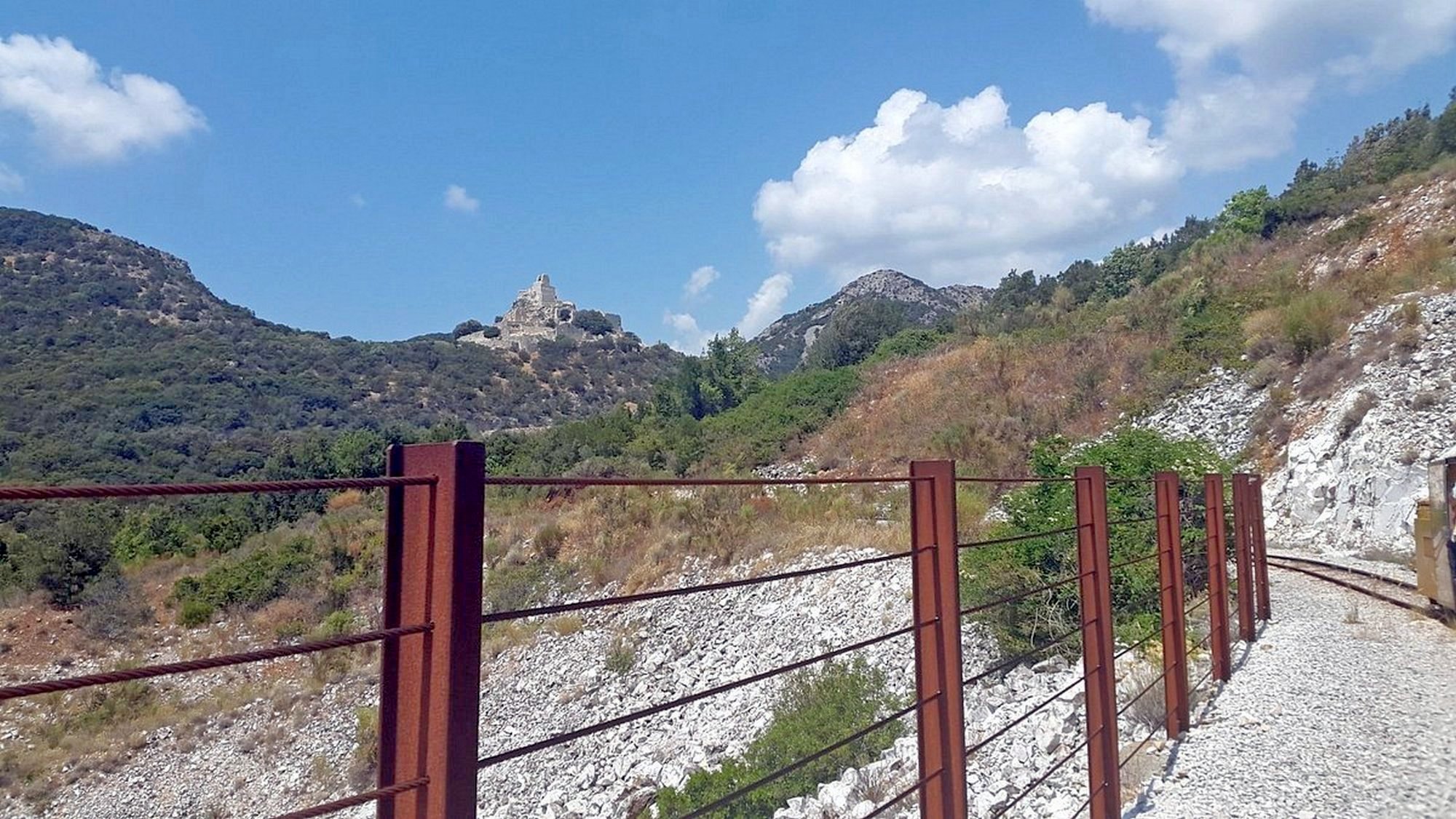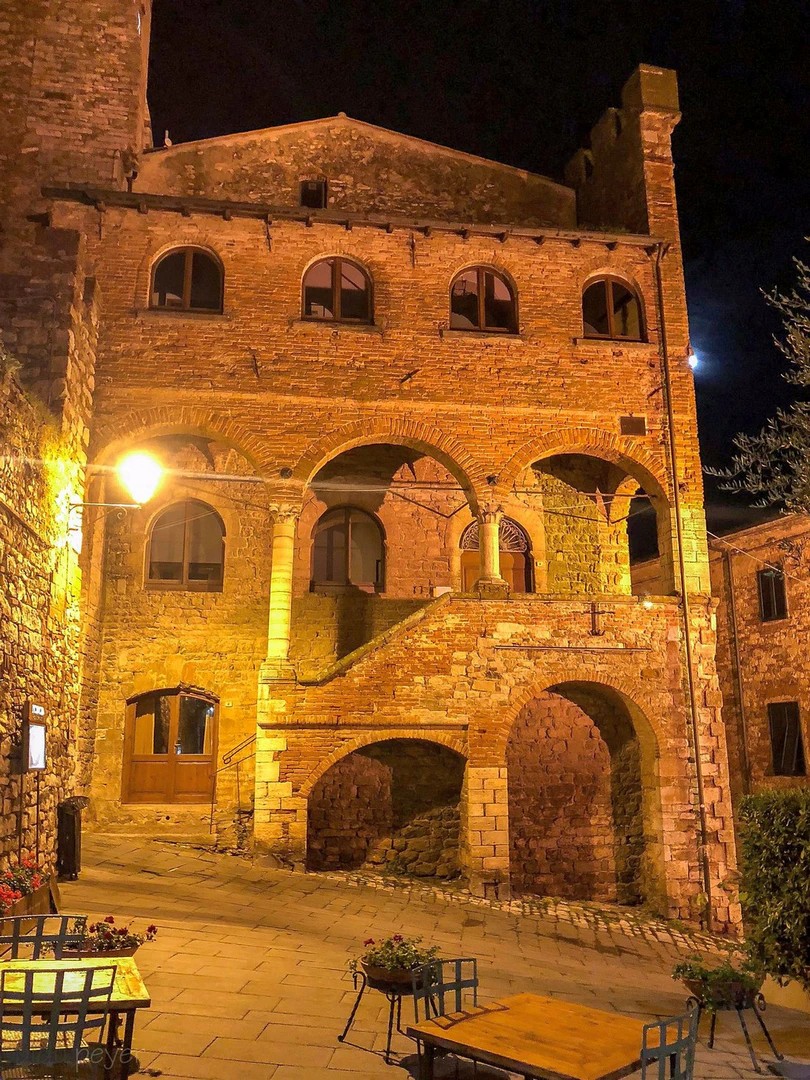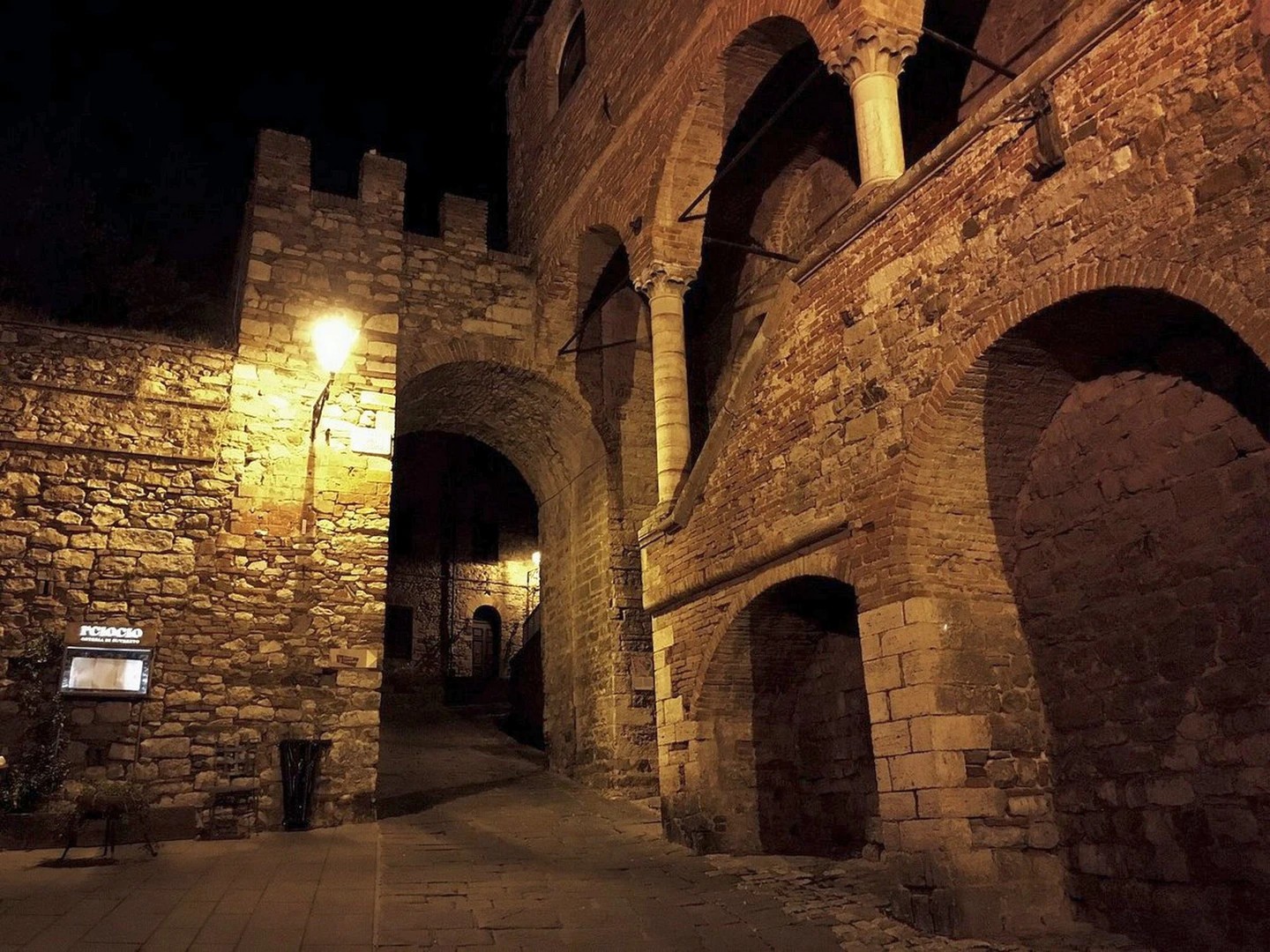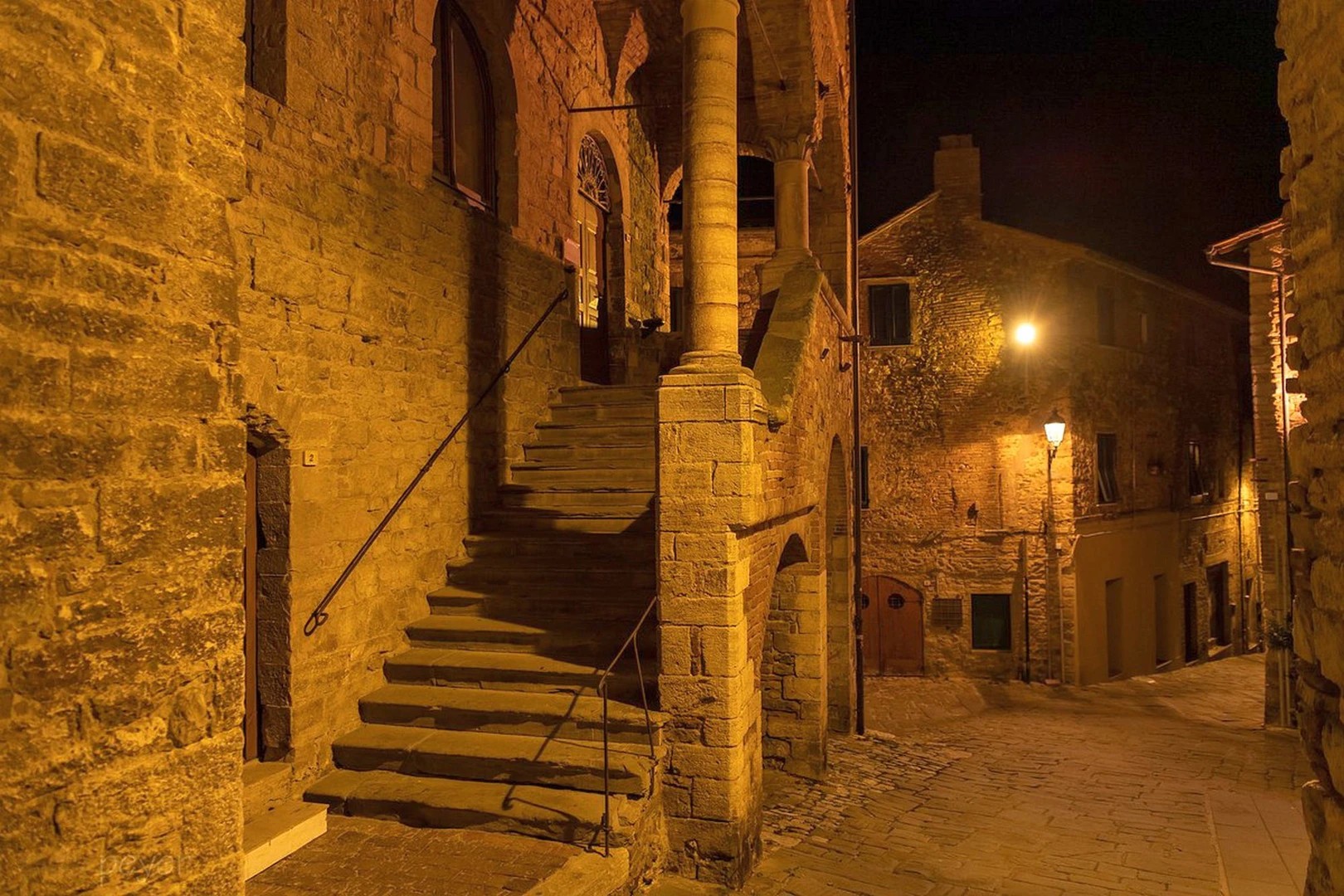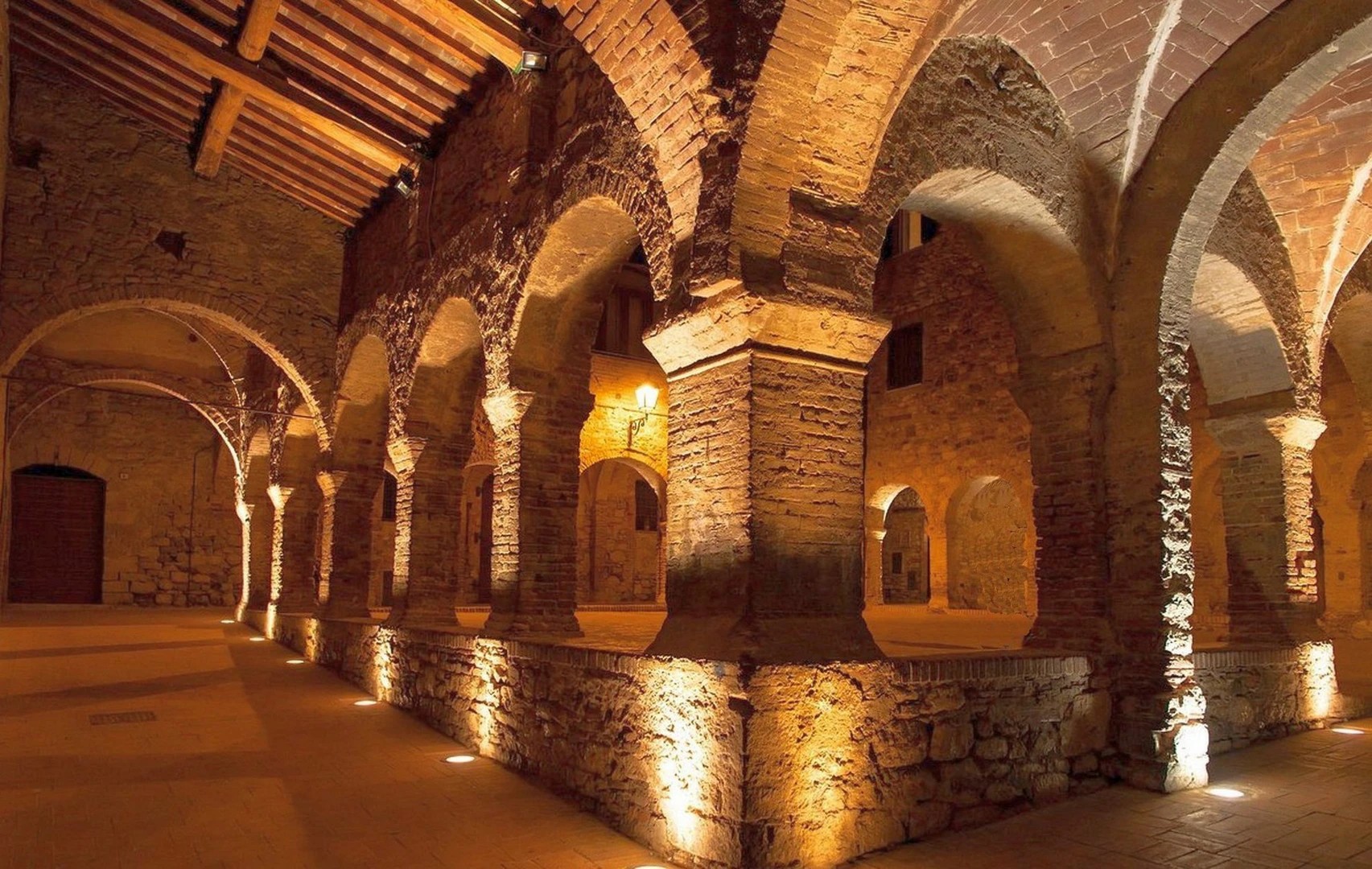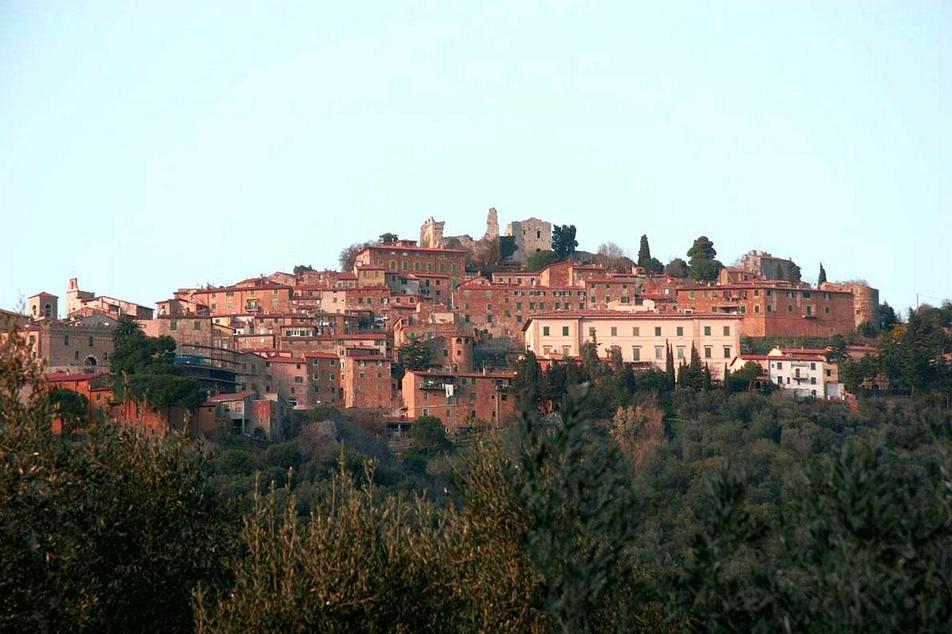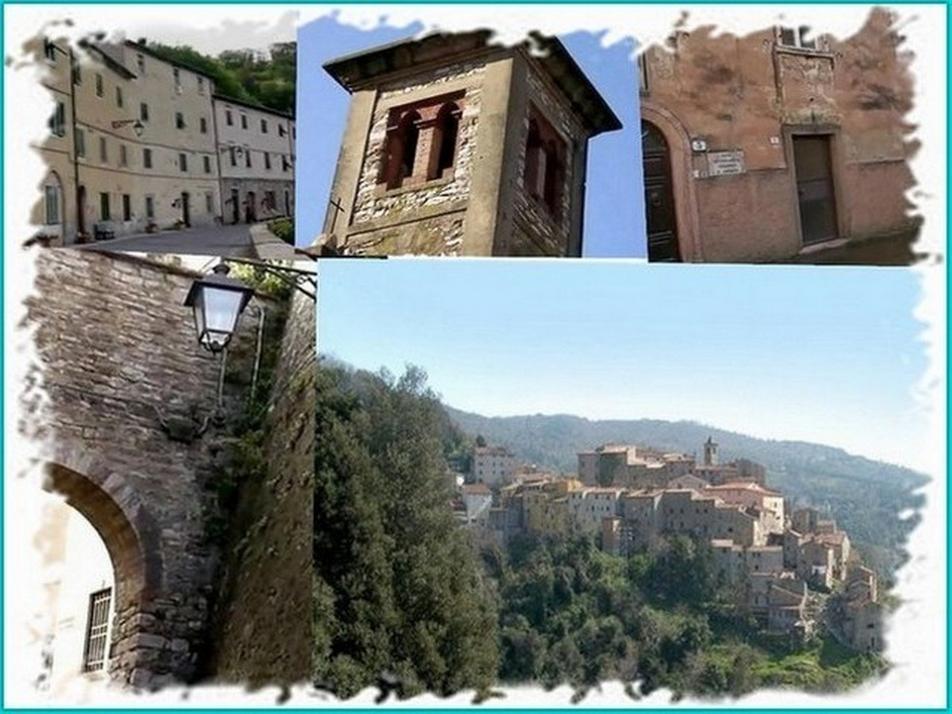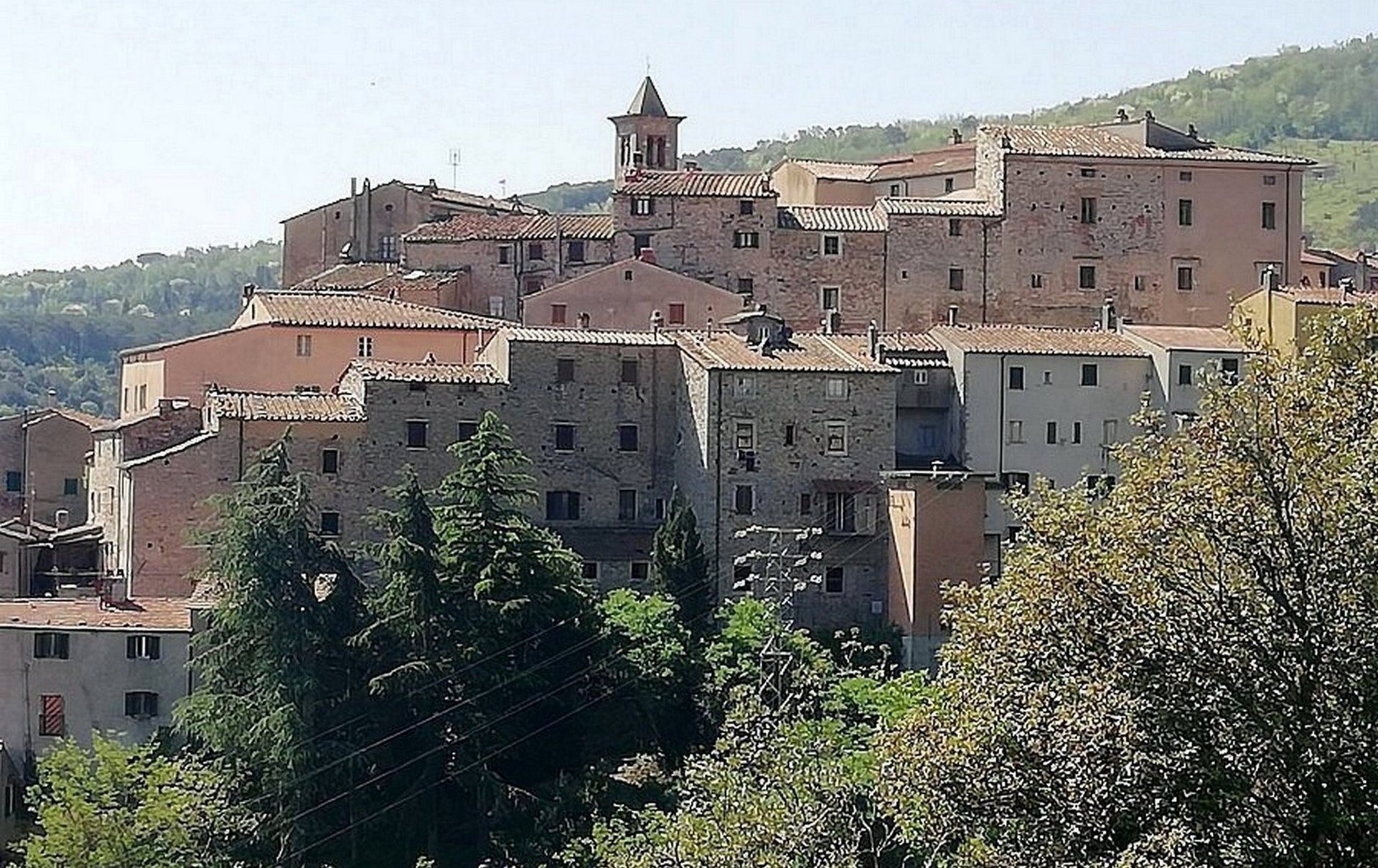Campiglia Marittima: Another historic village in the hinterland of the Etruscan Coast,
one of the most inhabited, most active and with the largest district.
It is perched on a hill from which it overlooks the entire plain as far
as Piombino. The center is gathered at the top of the hill within the
city walls; there are many charming corners to visit, from the Pieve di San Giovanni to the Church of San Lorenzo dating back to 1200.
The squares and stone-paved streets are lined with ancient stores and
taverns. Also worth visiting are the Palazzo Pretorio, the Val di Cornia
public wine shop and the historic Rocca di Campiglia fortress that
occupies the highest part of the town. In the month of August for five
consecutive days a series of medieval-casino events are held that would
make any other historical cultural event pale in comparison; these
events draw tourists from all over the district.
Other Curiosities
In
the plain between Campiglia and San Vincenzo the final battle took
place involving the Florentine troops on one side and the Pisan troops
on the other, who were finally swept away along with their aims of
independence. It was the year of grace 1505 month of August on the 17th.
Near San Vincenzo, just 9 km away in the municipality of Venturina, we find the Etruscan Baths of Calidario, which is unique in that it is a natural pond with a pebbly bottom located in a very picturesque setting. A warm bath is a treat to indulge in at any time of year; it is particularly enjoyable to immerse oneself at sunset, especially in autumn and spring. Entry is through a heated internal corridor that allows access to and from the pond.
The Calidario Baths include the namesake resort, a refined restaurant, and a state-of-the-art spa. This complex is set in an enchanting natural environment, perfect for a relaxing experience. Access to the thermal baths for external guests is only available through online booking on their website.It is possible to reserve a type of spot with sun loungers, and umbrellas if required. On this link, you will find all the information about the Etruscan Baths of Calidario.
Terme Etrusche di Calidario
Suvereto; Derives from cork, then Cork Grove therefore today the medieval village is called Suvereto. Included in the fifty most beautiful villages in Italy,
the pentagon-shaped walls are topped by eight towers that enclose the
historic center. Those who wish to immerse themselves in medieval
atmospheres once they pass through the first gate will have the feeling
of being in another era, a village to visit in the round, perhaps
participating in one of the many events.



